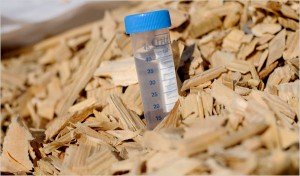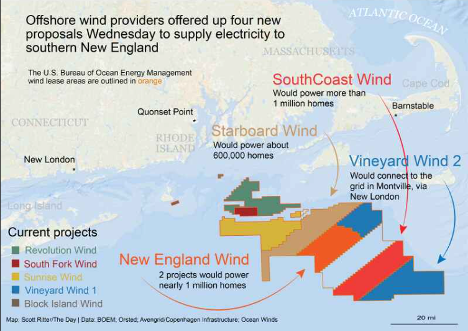Biofuels Industry Starts to Take form

MADISON, Pa. — On one side of a factory here, workers dump 500-pound sacks of pine chips into a hopper. Deep inside the plant, an 8,000-degree blow torch roars like a jet engine as the chips are processed. At the far end, the workers turn a tap and out pours ethanol, ready for use as a motor fuel.
The facility, built by a company called Coskata, is not quite proof that a new era is at hand for American transportation fuels. But with the company claiming it will be able to convert wood waste into biofuel for about $1 a gallon, the plant suggests that day may be drawing nearer.
“We’re so close, we can really touch this now,” said William J. Roe, the chief executive of Coskata.
Across the country, start-up companies and major corporations are trying to produce biofuel without relying on food crops the way corn-based ethanol does. Congress has already guaranteed these companies a market if they can make the fuel, and the government has given some of them construction grants. The companies have raised millions from investors.
The results of all this effort are starting to show. Pilot facilities are going up, companies are testing their production lines, and they are starting to make better estimates of the likely costs.
None of these facilities is yet operating on anything like the scale that will be needed to offset a big portion of the nation’s oil imports. That era, if it ever comes, is still years away. In fact, no company in the United States even claims to be making commercial sales yet at any significant scale. (Iogen, a Canadian firm backed by Shell, makes ethanol from wheat straw and supplied a Shell station in Ottawa for a month last summer.)
But increasingly, it is possible to visit real plants and see production methods that appear to be working. The plant here, the fruit of $50 million in research and construction, is to be unveiled on Thursday.
It is 65 feet tall, an impressive maze of tanks and pipes. Though some of them resemble the components that would be needed in a full-scale plant, the capacity of the facility is only about 50,000 gallons a year, perhaps 1 percent of the output that would be needed for a commercial-scale plant. The company’s goal is to work the kinks out of its production method, and get a better handle on costs, before going to full size.
Coskata — whose investors include General Motors, the venture capitalist Vinod Khosla and the Blackstone Group investment house — has moved toward the front of a crowded field of companies trying to produce fuel from garbage, construction and demolition waste, trees or special crops. Many hope to acquire their raw material for a few dollars a ton, or to use materials that usually go to garbage dumps.
For the remainder of this article by Matthew Wald at The New York Times, visit here: http://www.nytimes.com/2009/10/15/business/energy-environment/15biofuel.html?_r=1









